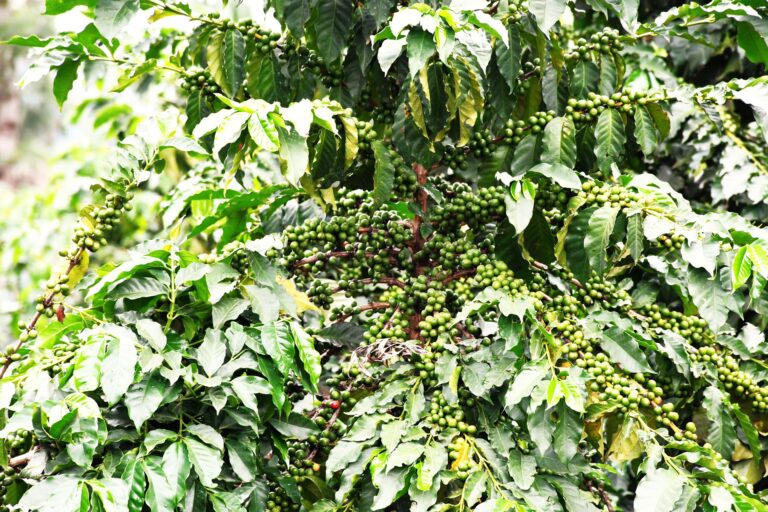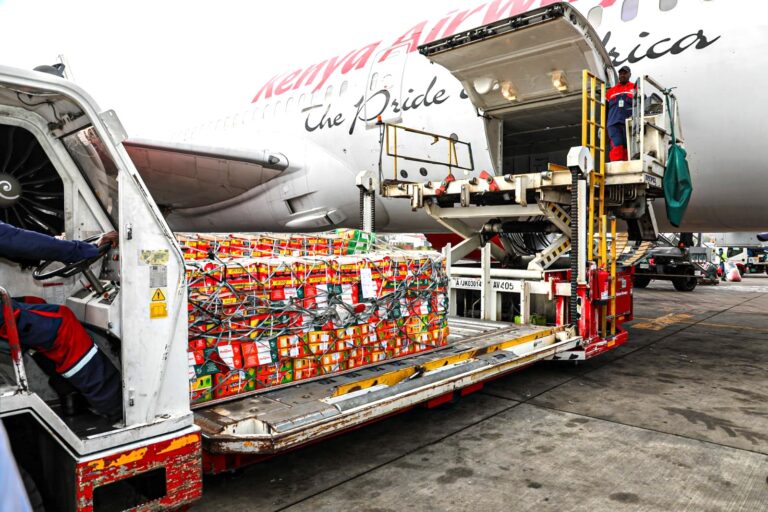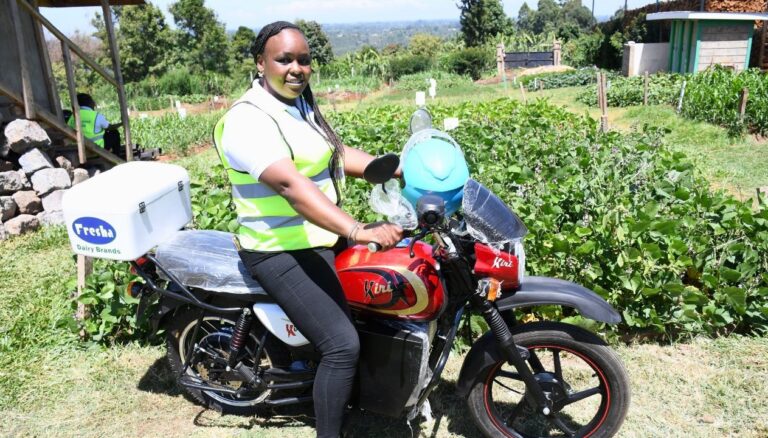By David Ndegwa
For those with farms that are more than 5 acres, I would advise that you start keeping records in order to track your business performance.
Farmers normally complain about theft and one way of curtailing theft on a farm is the introduction of systems whose origin is in record keeping.
How do you start keeping records?
Let me start by compiling a set of records that you require on a farm.
Before you start any farming operation or growing any crop, start by preparing a gross margin analysis. This will guide you in answering whether the crop to be grown is worth it or not. What do you consider in a gross margin analysis?
- Land leasing amount per acre
- Land and preparation e.g primary, secondary and final cultivation cost per acre
- Seed and fertilizer costs
- Labour costs e.g planting, weeding, harvesting etc
- Irrigation cost e.g both water and fuel or electricity cost.
- Packaging costs
- Miscellaneous
- Production and yields.
Work out the expected sellable yields, adopt a price, work out the gross sale and then the net profit/ loss. Once you make a profit or loss on paper, it guides you on whether to proceed or not.
Farm Records.
Records are made of items purchased or sold as a result of implementing the growth plan. Records start from the purchase plan.
Example of farm records
1. Bin card. This is a document where all purchased items, issues and balances are recorded. It has received, issue and a balance column. A bin card is a very important document because it helps in tracking all purchases, how they were issued, where and the balance.
2. Receipt – For all the goods purchased in cash.
3. Invoice – For the goods bought on credit.
3. Delivery note – Anything coming to the farm should have a delivery note (optional)
4. Goods received note (GRN). This is a management document that every manager of a farm/owner must-have. This is the document that gives the authorization for an entry to be made in a Bin card once the manager or a farm owner signs that goods have been received on the farm. This gives authority to the storekeeper to enter the data in the bin card.
5. Stores requisition – This is the document that authorizes goods/stocks to leave the store. It is serialized and must be approved by an authority on the farm.
6. Spray/fertilizer application detail. This record shows where or the block where the chemicals, seeds, fertilizer are applied, quantities and the person who applied.
7. Harvesting records indicate quantities harvested, by who and rejects.
8. Sales, receipts or Produce dispatch note. Indicates quantities sold in cash, deliveries to be paid at a later date etc.
9. For monitoring purposes, it’s important for the farm owners to be taking weekly or monthly stocks and signing against the bin card on the confirmed quantities against the physical stocks.
For those who complain about theft, sometimes the farm owners attract it when the workers realize that checks are not or are rarely done.
In a farm where regular checks or impromptu stock checks are done, theft is rare.
This is a broad topic and I have just picked few items that are vital in farm records. It’s important to emphasize that P& l is very important on a farm.
Wacha tusomesane. Ukulima sio jembe pekee.












